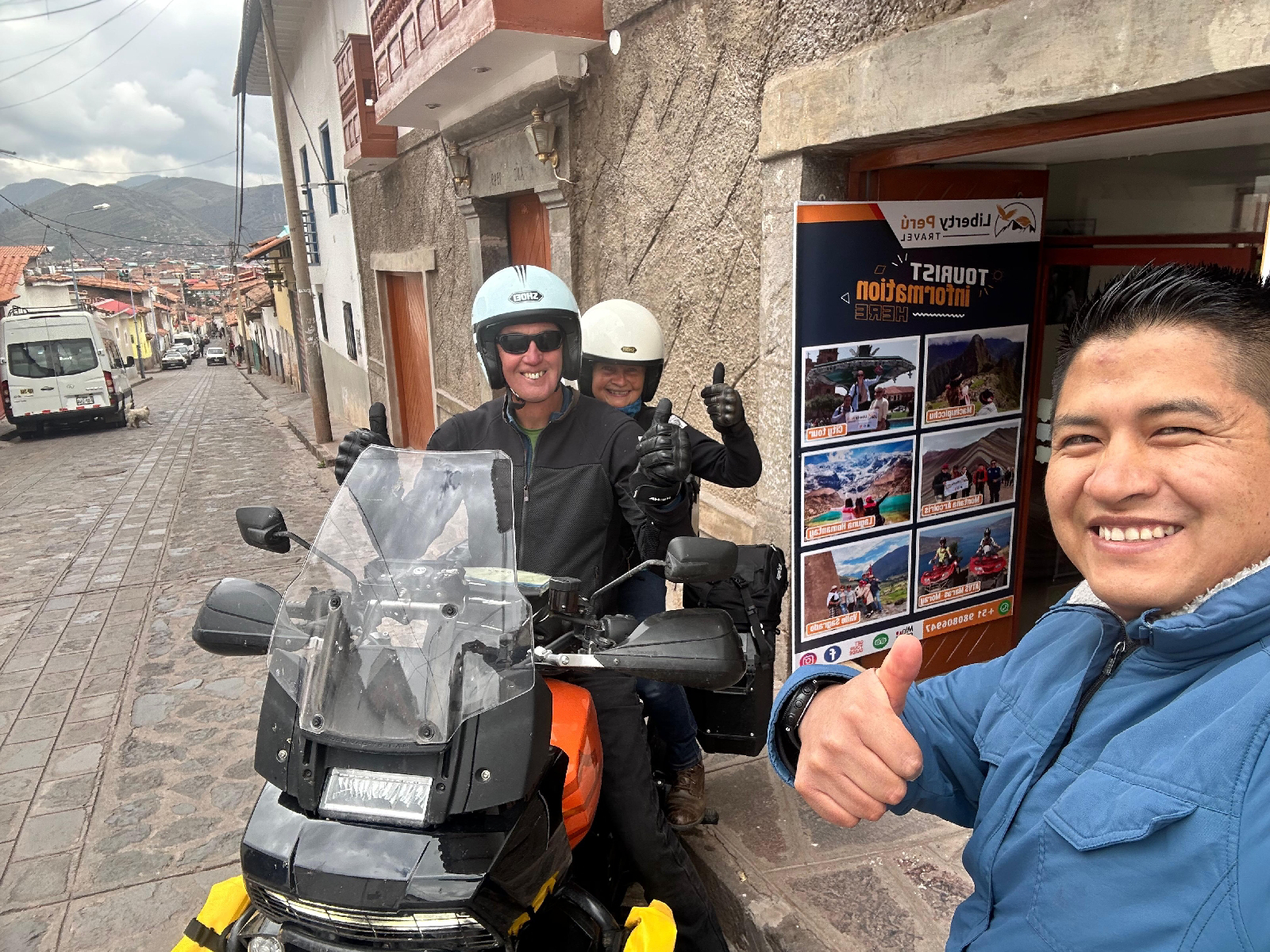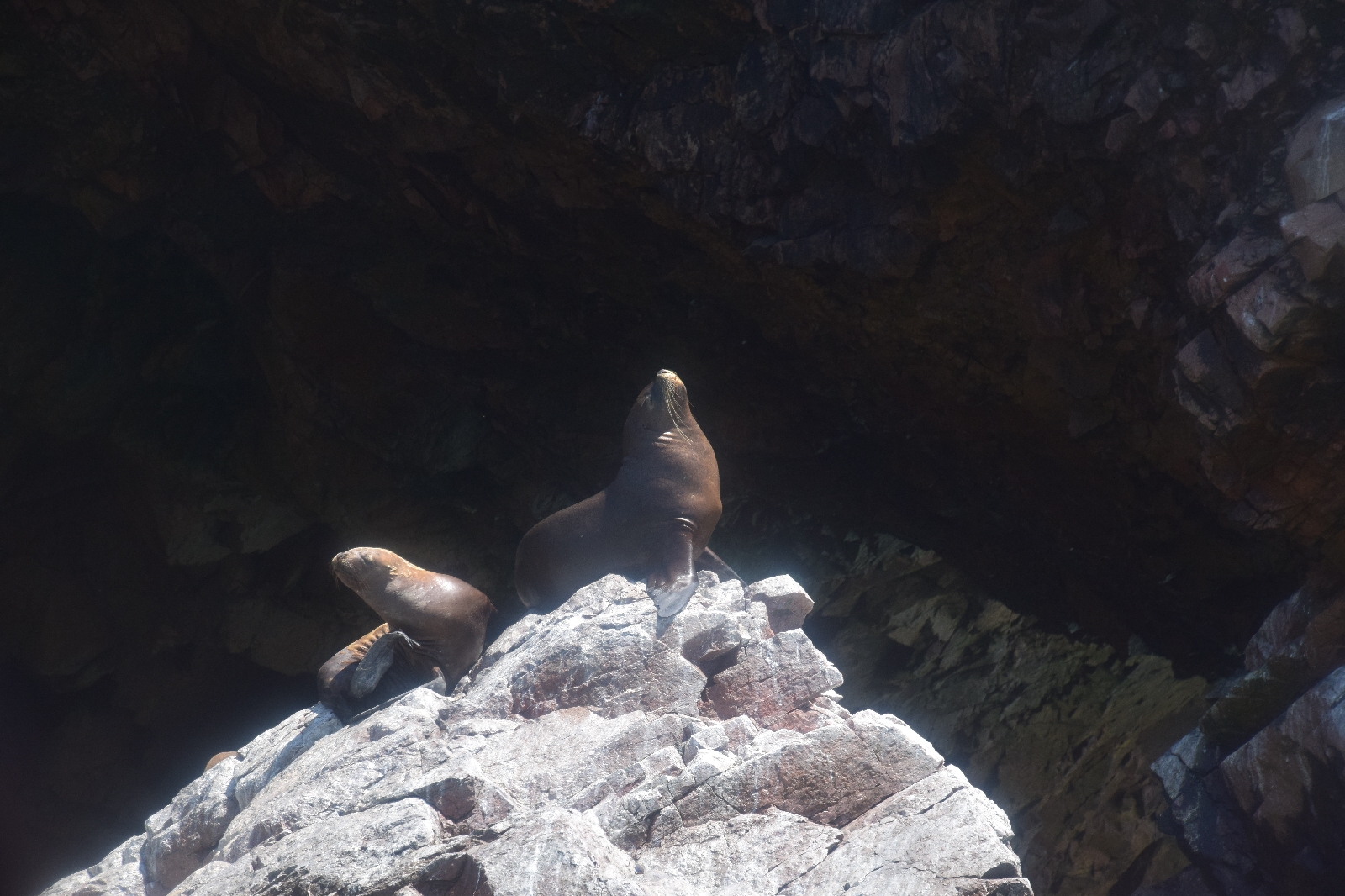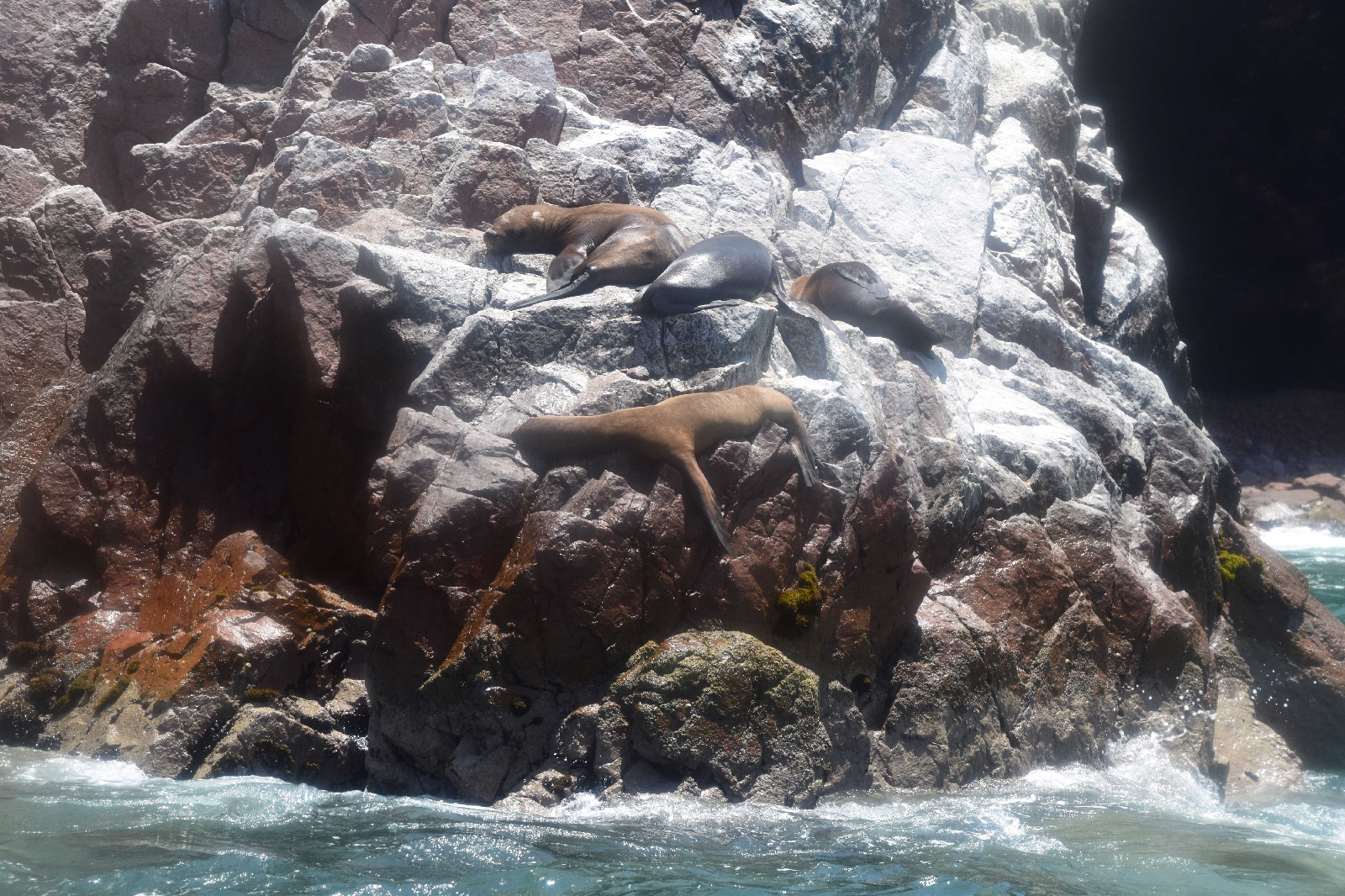We had made the decision to move so it was bye-bye Cusco. Our objective was the coast but it didn't really matter. There weren't many roads out of Cusco that Paul thought were feasible for us. In fact there was only one major road if you ignore the way we came in - but let's not get excited by the terminology 'main road'. After quite a bit of research Paul was as reassured as he could be that there were no dirt or gravel sections on the road to the coast. There would always be some small sections due to roadworks etc and we would just have to deal with those.
Google Maps gives it as just over 900km to the coast somewhere near Pisco. It is nowhere near that if you measure it in a straight line. It is worth having a look at Cusco to Abancay, the first of the three A's, on Google Maps but really zoom in to have a look. Average speed on this 'main road' is also about 30mph.One thing to note is that there is absolutely no problem with petrol in Peru. There is a plethora of brands and petrol stations and you would really have to try hard to run out of petrol here. In fact the majority of HGVs on the roads are petrol tankers.
Generally the road was in pretty good condition; there was just a lot of mountains and turns and it was pretty disorientating. Unfortunately Francoise had a problem with the memory card in the camera, so no photos.
Next stop after Abancay was Andahuaylas, the second of the three A's. A short stop as otherwise it would have been a very long one the following day. More mountains and more high altitude and not much to say about the town. One thing we did notice but didn't quite work out at the time was the signposts indicating a Geological Fault. Very educational and informative we thought. We mentally filed that with the Volcano status signs we had seen in Chile, or the Tsunami escape routes again in Chile or the Safe Zone signs for seismic activity that a lot of our accommodation has (though that glass roof above our heads isn't laminated or even toughened, can see the cracks...). All signs we don't see that regularly in London.
The third of our three A's was Ayacucho, presumably Cotswold Outdoors was on the same trip as Decathlon when it came to naming their own brands. We stayed in a historic colonial building with a super courtyard. Ayacucho was a mini Cusco in architectural style with lots of Spanish architecture like our courtyard, and loads and loads of Spanish churches. This was also the place we think that the South Americans kicked the Spanish out in the 19th Century. We also now realised that Françoise had lost the photos from the previous days.
In order to get to the coast we had one big day left. We had exhausted the A's and were aiming for Paracas. To get to the coast we were crossing the Andes again and we climbed to about 4,700m with our Coca leaves. The roads were also in a pretty poor state. We worked out that the Geotechnical Fault sign meant that there was going to be a 100-200m stretch of road that they were just not going to bother repairing. We also worked out that the Geotechnical instability sign meant that it was going to be longer than 200m. There were plenty of rockfalls on the way but one side of the road had always been cleared. The potholes were both intense and serious especially at altitude. Despite it being bleak there were people there trying to sell things to passers-by - and as passers-by we were not that numerous. There were also people, including children, filling in some of the potholes with soil and gravel. We didn't understand this at the time, but we now believe they were looking for a tip. It was very sad.
Paracas was about relaxing at the coast - albeit in a swimming pool, and also about taking a boat trip to see Humboldt penguins who seemed out of place so close to the Equator. We also saw the giant prehistoric Candelabra sculpture that is still a mystery (along with the Nazca lines which we gave a miss to), sealions and some seabirds on some white topped islands just offshore Paracas. The white is guano. It is scraped and sold off every five years or so. Apparently there are a number of islands like this off the Peruvian Coast and they all have National Park Reserve status which means that you can't go ashore on them. But the guano harvesters can. What joy.





















